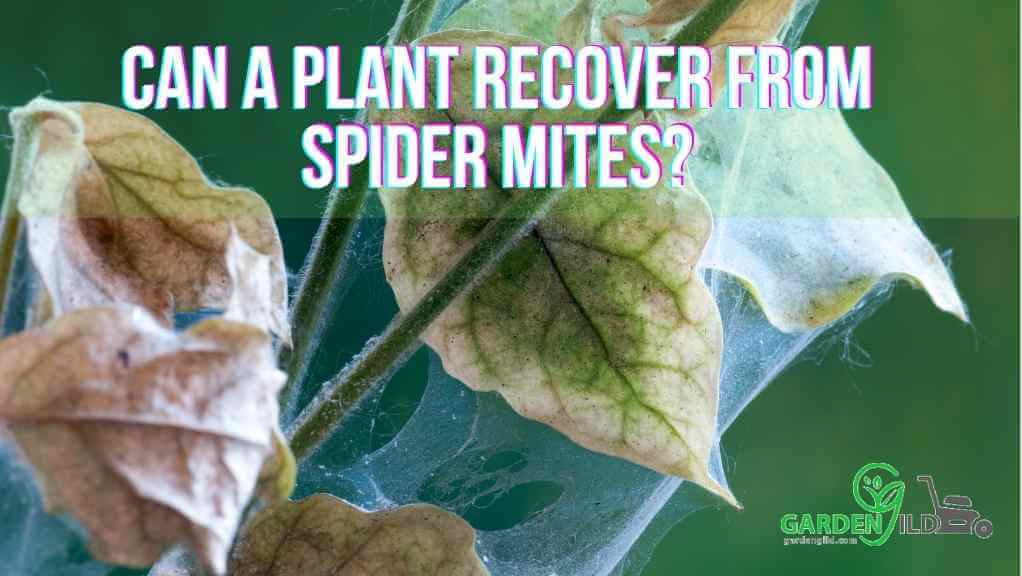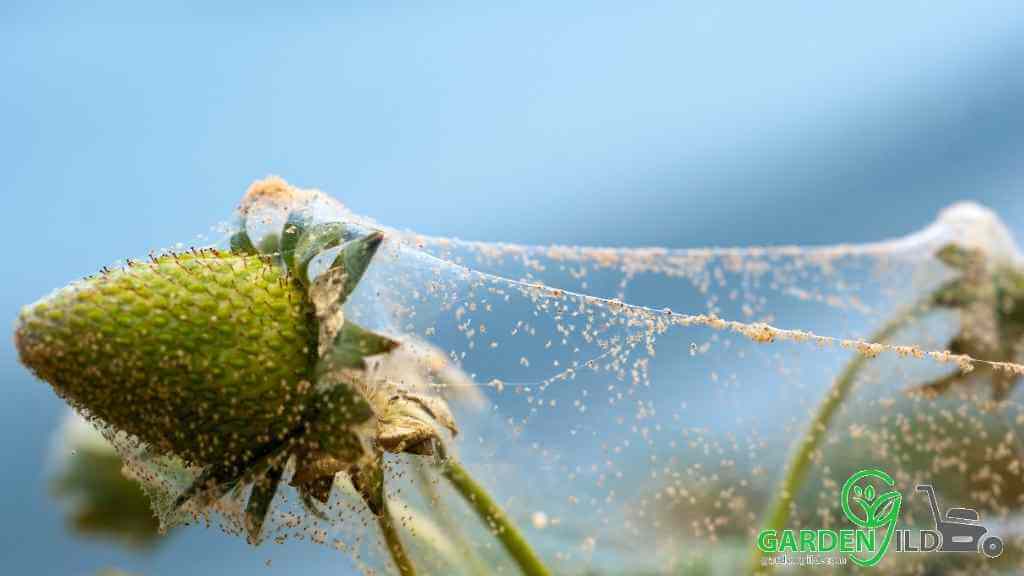Spider mites are tiny plant-eating spiders that are known for causing mass destruction of plants. In the past, spider mites were an unknown cause of plant destruction because they are so tiny that you cannot see them with naked eyes.
Spider mites are 1/20 inches long and can be seen under magnifying glasses. Fortunately, we know how to deal with spider mites even if you cannot see them on your plants. In this article, I will discuss further how to recover your plants from spider mites.

Can a plant recover from spider mites?
Yes, plants will recover from spider mites. If the damage to your plants is less, your plants will recover. However, if the infestation has started, you might need to take special care of your plants for them to recover.
But more importantly, you need to know how to spot spider mites as you cannot see them with your eyes. Since spider mites are hard to notice with naked eyes, you can look for spider webs on your trees.
Spider mites have similar-looking webs that build on your plant’s stems and leaves. Occasionally check these areas of your plants, and spot an early sign of infestation.
How do you save spider mite-infested plants?
Spider mites infestation is easy to deal with. You can use Sevin, which is a great insecticide for plants and can kill 120 types of plant bugs. Sevin is super effective against spider mites, and sevin will last a long time even when they have washed away in the rain.
You can use sevin on stems, roots, leaves, flowers, and fruits. Sevin is an environmentally friendly insecticide.
Your work doesn’t stop after killing spider mites. Plants with minimal damage will recover without your care, but plants with severe damage will not.
You must provide enough sunlight for the damaged plants and moisten the soil. Use fertilizer on your plants. Wait for the leaves to grow back before transplanting.
How do you know if spider mites are gone?
Without frequent observations, there is no better way to figure out if the spider mites are gone. Spider mites will eat chlorophyll from the leaves of your plants and leave yellow rings on the leaves.
You need to look for those leaves and ensure the number of rings is not increasing. Look between the stems and leaves for webs. Apply sevin every week to make sure you get rid of all spider mites.
How long will spider mites last?

Spider mites have a short lifespan compared to other plant-eating bugs. Adult spider mites can live around 10-14 days, depending on the weather conditions, and 3-4 days without food.
Adult spider mites will mate in preferred conditions, and the female spider mite can lay about 20 eggs at a time and keep doing this for 3-4 weeks before they die.
The eggs will hatch, and the little spider mites will be ready for mating within three days. In this way, there is an infinite loop of spider mites growing on your trees. There is no better way to treat them with insecticides.
People Also Ask (FAQs)
What kills mites instantly?
Rubbing alcohol will kill spider mites instantly. Use cotton or a piece of cloth in rubbing alcohol and wipe the leaves of your indoor plants.
Now rinse the rubbing alcohol with the help of water. For outdoor plants, you have to use sevin. Seven is a reliable insecticide that can eliminate 150 types of bugs that destroy your plants. Mix sevin with water and apply to your outdoor plants. It will instantly kill all the spider mites.
Do spider mites stay in the soil?
Spider mites don’t prefer soil as the soil has moisture. Spider mites mostly prefer dry places like stems and leaves where they can hide from their predators.
Conclusion
It is possible to deal with spider mites even better if you notice them earlier. Once they begin inhabiting your plants, they will keep increasing their population.
It is possible to handle small spider mites since they have predators like lady beetles, lacewings, and other insects. The only cure is to use insecticides on your plants.
Related articles:
